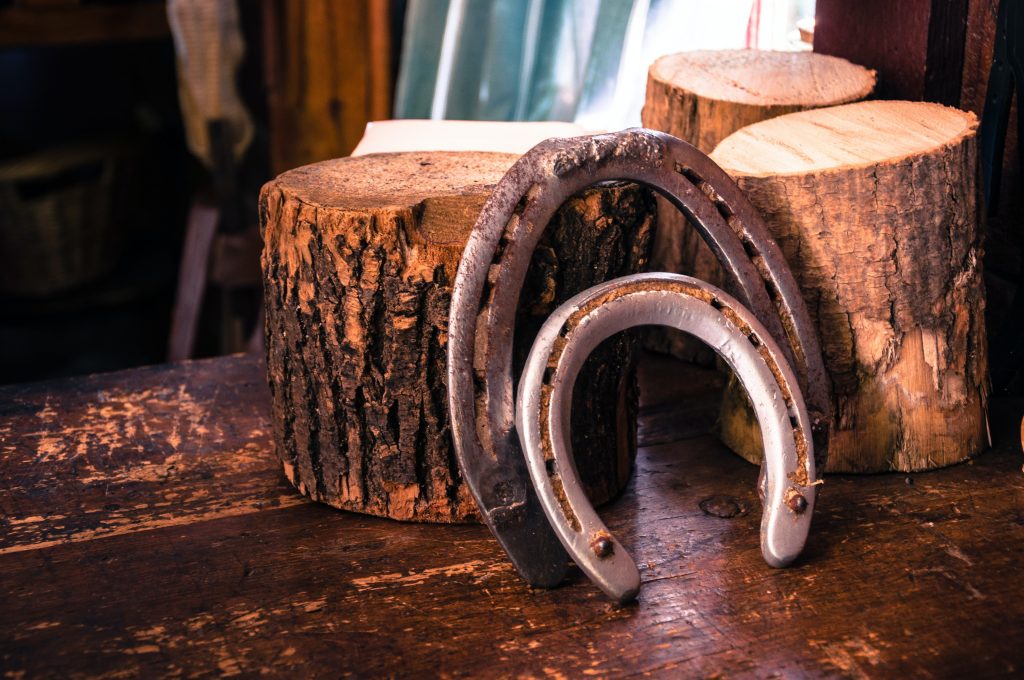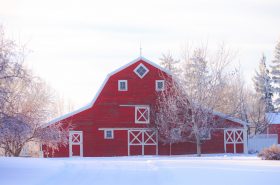Horses and horseshoes—the two have a long history together, but believe it or not, horseshoes came about long after the domestication of horses around 4,000 BC. In fact, widespread need for hoof protection didn’t fully arise until hard-surfaced roads came along, and even then, horseshoes were mainly used in the wetter, warmer climates where hooves were more susceptible to damage.
Before metal horseshoes, other types of hoof protection were used, such as equine “booties” made from woven plant material in Asia and “hipposandals” that fastened on with leather straps in Rome.
By 900 AD, documentation of metal shoes appeared in written text, noted as “cresent figured irons and their nails”, but little evidence exists suggesting nailed-on shoes were widely used prior to 500 or 600 AD.
By 1000 AD, however, metal shoes, often made of bronze with a scalloped outer rim and six nail holes, became mainstream throughout Europe. By the 13th and 14th centuries, horse shoes forged of iron were produced in large quantities, and by the16th century, “hot-shoeing” became popular, especially in Great Britain and France.

The practice of horseshoeing became part of the craft of blacksmithing, an important profession during medieval times, and the terms “farrier” and “blacksmith” were interchangeable for many years.
By the 18th century, during the Industrial Revolution, large scale production of horseshoes began, and during the Civil War in the 1850s, the Northern armies had a horseshoe-forging machine that supposedly gave them an advantage over the Southern armies.
Over the centuries, many different materials have been used to make horseshoes, but in modern times, the most popular materials are steel and aluminum. Today, we are learning more about hooves, especially related to the expansion and contraction necessary for proper blood flow and also the natural flexion of the hoof as it moves over varied terrain; this understanding has led to the development of shoes made from more flexible materials such as plastic or silicone. Hoof boots have also become a popular alternative since one can use them as needed and leave their horse barefoot the rest of the time.
When it comes to horseshoes, one thing is certain: as we continue to learn more about the horse’s hoof, shoeing materials and techniques will likely shift with the times!
**
Casie Bazay is a freelance and young adult writer, as well as an owner/barefoot trimmer and certified equine acupressure practitioner. She hosts the blog, The Naturally Healthy Horse, where she regularly shares information on barefoot, equine nutrition, and holistic horse health. Once an avid barrel racer, Casie now enjoys just giving back to the horses who have given her so much. Follow Casie at www.casiebazay.com.



